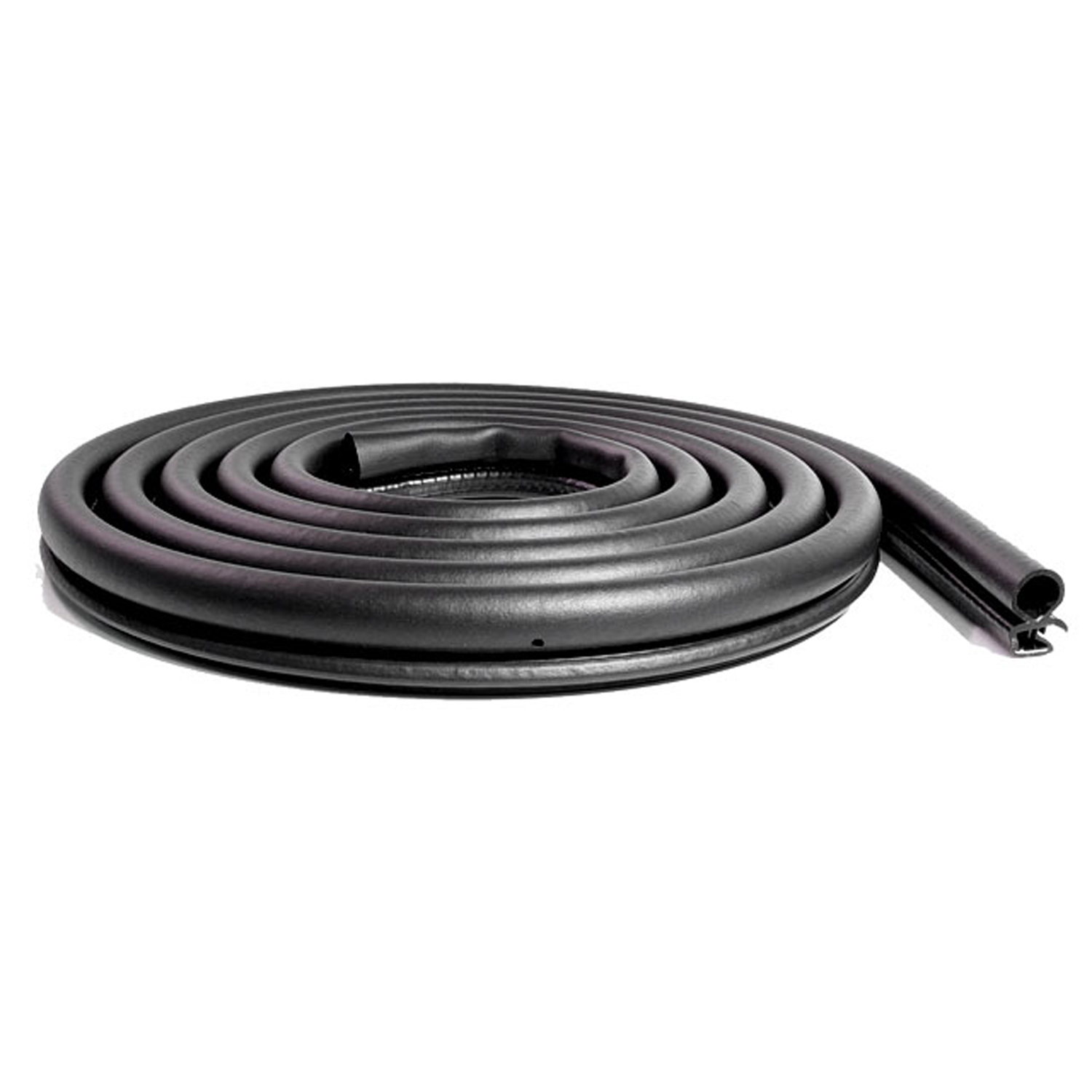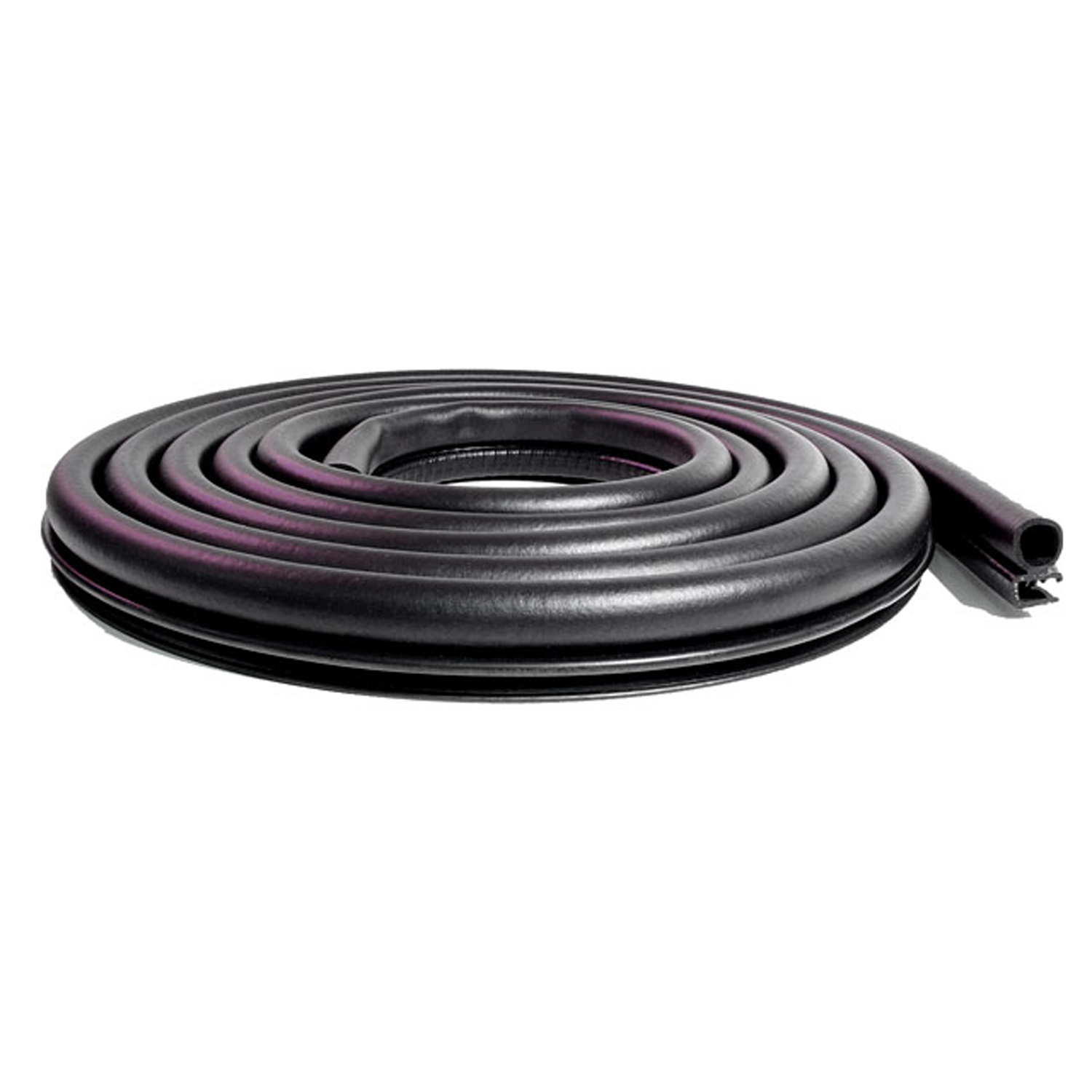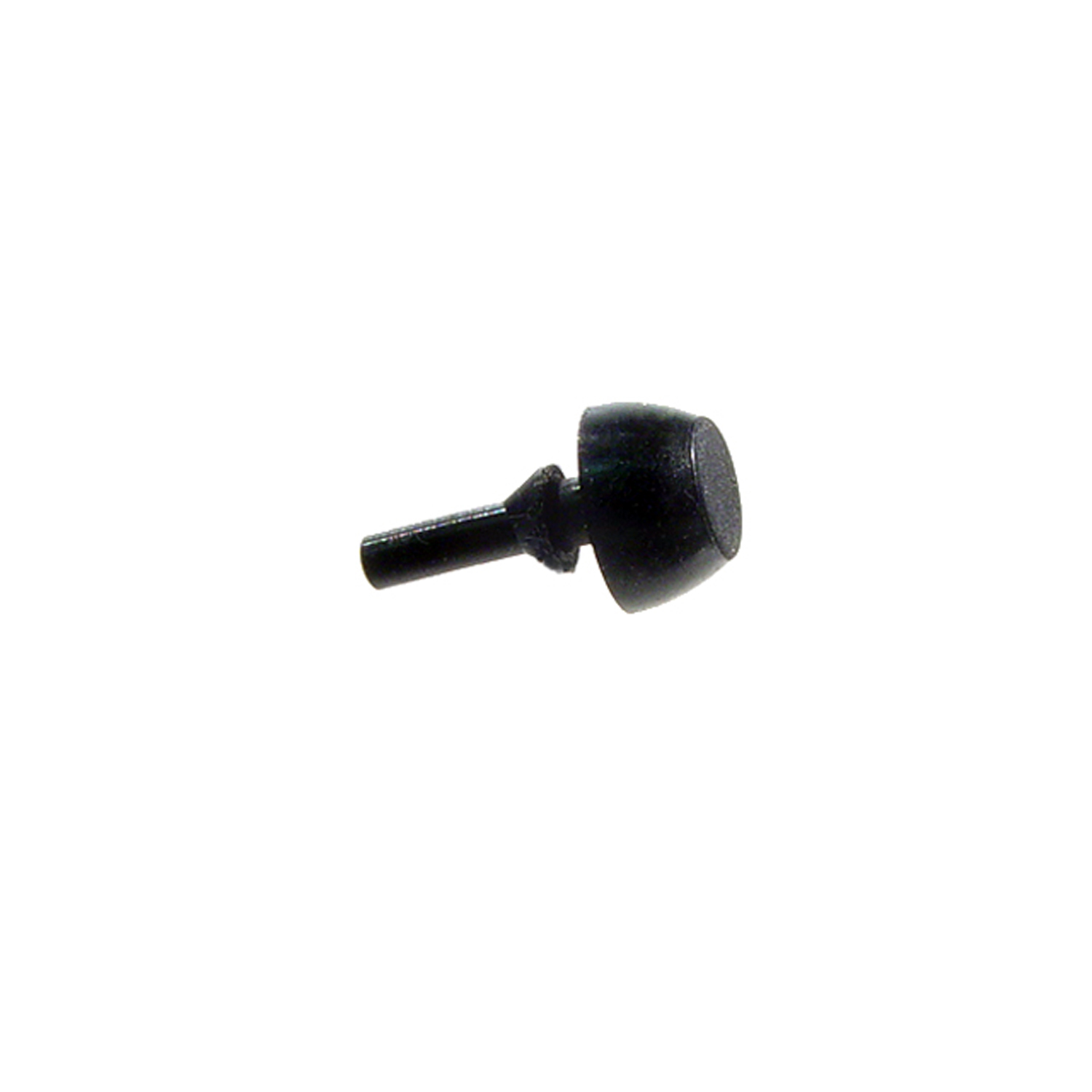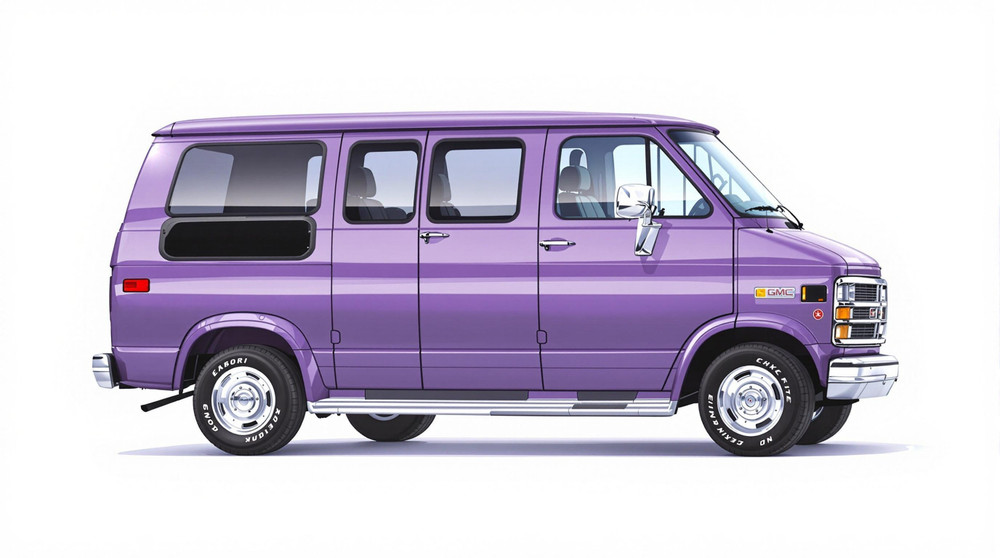Image of 1989 Gmc Safari, Note: These illustrations use artistic license and may differ from actual historical models.
Performance Metrics
Fundamental Metrics
Emotional Appeal
MMP Rating
| Engine Specifications | |
|---|---|
| Engine: | 4.3L V6 |
| Displacement: | 262 cu in, 4293 cc |
| Horsepower: | 150-165 hp |
| Torque: | 230-250 lb-ft |
| Compression Ratio: | 9.2:1 |
| Ignition System: | Electronic |
| Cooling System: | Liquid-cooled |
| Performance Specifications | |
| 0-60 Time: | 11-13 seconds |
| 1/4 Mile Time: | 18-20 seconds |
| Top Speed: | 100-105 mph |
| Transmission and Drive | |
| Drive Type: | RWD (Rear Wheel Drive) |
| Transmission Type: | 4-speed automatic |
| Fuel and Efficiency | |
| Fuel System Type: | Fuel injection |
| MPG: | 15-20 mpg |
| Dimensions and Brakes | |
| Brakes: | Front disc, rear drum |
| Wheelbase: | 110.2 in |
| Weight: | 4000-4500 lbs |
Note: Specifications for classic cars are given to the best of our ability, considering the limited and variant data available.
The Quintessential Family Cruiser: The 1989 GMC Safari Van
With a boxy silhouette that encapsulates the era of family road trips and suburban life, the 1989 GMC Safari Van stands as a testament to automotive design tailored for practicality and comfort. Born from the stables of General Motors, the Safari was GMC's answer to the burgeoning demand for spacious and versatile family vehicles. Its introduction to the market marked a shift in consumer preferences from station wagons to minivans, a trend that would shape the automotive landscape for years to come. A unique fact that might pique your interest: the Safari, along with its twin, the Chevrolet Astro, was among the first mid-sized vans to offer all-wheel drive, a feature that set it apart in a sea of rear-wheel-drive competitors.
Design and Innovation
The 1989 GMC Safari's exterior was a blend of function and modest style, with its broad, flat sides and high roofline promising ample interior space. Its design was straightforward yet iconic, reflecting the no-nonsense attitude of the late '80s. Inside, passengers were greeted with durable materials and comfortable seating, with enough room to accommodate large families or haul significant cargo. Technologically, the Safari was ahead of its time, offering electronic fuel injection and available features like power windows and door locks—luxuries not always found in vehicles of its class. Color options ranged from subdued earth tones to more vibrant hues, with shades like Midnight Black and Apple Red being popular picks among buyers. The most iconic body style was undoubtedly the passenger version, which featured seating for up to eight and became a common sight in driveways across America.
Historical Significance
The GMC Safari's impact on automotive design was substantial. It bridged the gap between full-sized vans and station wagons, offering a middle ground that appealed to families and businesses alike. Its available all-wheel-drive system was revolutionary, providing enhanced traction long before crossovers made this a widespread feature. The Safari's design would go on to influence a generation of minivans, setting the standard for what consumers expected in terms of space and versatility.
Performance and Handling
Under the hood, the 1989 Safari was no slouch. Equipped with a robust 4.3-liter V6 engine, it delivered adequate power for hauling and merging onto highways. While it wasn't built for speed, with a modest top speed and leisurely acceleration from 0-60 mph, it handled daily driving tasks with ease. The ride quality was comfortable, absorbing bumps without fuss, and the van managed to maintain composure on windy roads. Drivers could expect a smooth experience behind the wheel, with an engine hum that reassured without intruding on cabin conversations.
Ownership Experience
The Safari Van was often seen as a daily driver, ferrying children to school or making grocery runs. Its reliability was one of its strong suits, with many Safaris easily surpassing the 100,000-mile mark with regular maintenance. Repairs were generally straightforward, thanks to the van's simple design and the availability of parts. This made it an ideal choice for those looking for a no-frills vehicle that could stand up to the rigors of daily use.
Fun Facts
Did you know that some Safaris were converted into makeshift campers by adventurous owners? Or that they occasionally found their way into fleets as utility vehicles for businesses? While not known for breaking speed records, the Safari did set a record of sorts for versatility and utility. Criticisms typically centered around its boxy design and fuel economy, which lagged behind smaller minivans of the era.
Collector's Information
Today, the 1989 GMC Safari Van is a rare sight on the roads, with many having succumbed to the rigors of time and use. Production numbers were substantial, but exact figures are hard to come by. As for value, well-preserved models can fetch anywhere from a few thousand dollars to upwards of $10,000 for pristine examples or those with unique customizations or historical significance. The market trend seems to be one of slow appreciation as nostalgia for '80s vehicles grows among collectors.
Conclusion
The 1989 GMC Safari Van may not have been the flashiest vehicle on the block, but its legacy is one of reliability, versatility, and innovation. It served as a precursor to modern family transportation and remains a beloved memory in the hearts of those who grew up with its unmistakable shape parked in their family's driveway. As we look back on the automotive trends of yesteryear, the Safari stands out as a true workhorse that helped drive America forward.
1989 Gmc Safari Catalog of Parts
 1989 GMC Safari Extruded door seal (imported). Universal replacement part-IS-MW00100Extruded door seal (imported). Universal replacement part. Made with flexible steel core. Fits front or rear and either side on passenger doors. Does not fit slider/cargo doors and liftgates on vans and mini-vans. 1-3/16 in. X 3/4 in. X 13 ft. 4 in. Each.
1989 GMC Safari Extruded door seal (imported). Universal replacement part-IS-MW00100Extruded door seal (imported). Universal replacement part. Made with flexible steel core. Fits front or rear and either side on passenger doors. Does not fit slider/cargo doors and liftgates on vans and mini-vans. 1-3/16 in. X 3/4 in. X 13 ft. 4 in. Each. 1989 GMC Safari Side Slider Door Seal. Each-LM 100-VSSide Slider Door Seal. Each
1989 GMC Safari Side Slider Door Seal. Each-LM 100-VSSide Slider Door Seal. Each 1989 GMC Safari Glove Box Bumper. Each-SB 78-AGlove Box Bumper. Each
1989 GMC Safari Glove Box Bumper. Each-SB 78-AGlove Box Bumper. EachWhy Choose Metro?
For over 100 years, Metro Moulded Parts has been the pinnacle of quality in classic car restoration parts. Our commitment to precision and authenticity in every component ensures a perfect fit and an OEM-level appearance.
- Expert Craftsmanship & Quality: Each part is a testament to our dedication to reliability and perfection, crafted from original designs and thoroughly tested.
- Advanced Technology: We use cutting-edge techniques to create flawless, long-lasting parts that surpass others in performance.
- SuperSoft Sponge – The Ultimate Door Seal: Not only are our door seals 30% softer than competitors', but they're also guaranteed to never leak. They effectively reduce wind and road noise, enhancing your classic car's comfort and driving experience.
- Proudly American: Our parts are a product of American craftsmanship, made in the USA with a spirit of excellence and heritage.
- Unrivaled Warranty: We back our products with a 30-year industry-leading warranty, a testament to our confidence in their quality.
Join us in preserving the legacy of classic cars with parts that are crafted for perfection, not just made.

